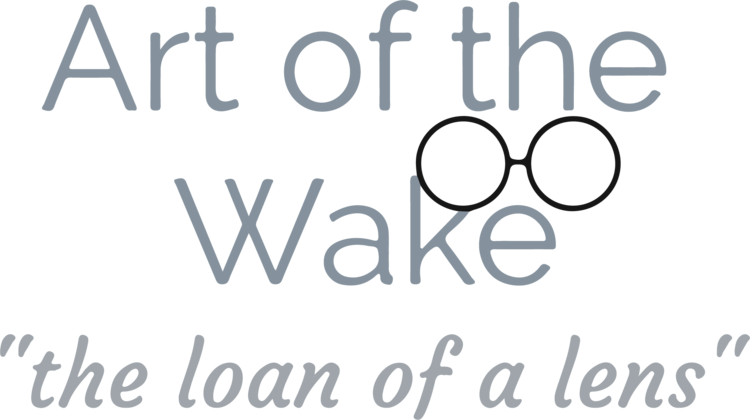Page 3, the first page of Finnegans Wake, is my favourite as this is the one that Frances read from when she introduced me to the book. I created many experimental pieces around this first work before I began the illustrations. The imagery of the River Liffey passing by Adam and Eve's church close to the James Joyce bridge ("Taco Bridge" as Dubliners lovingly call it) and going out to sea at the Alexander Basin is timeless. That same river flowed at the time of my parents, grandparents, and all who went before and it is witness to the story of Dublin. I wanted to capture something of that in this and subsequent pieces, so, many of these illustrations will have echoes of the rippling river.
“The fall (bababadalgharaghtakamminarronnkonnbronntonnerronntuonnthunntrovarrhounawnskawntoohoohoordenenthurnuk!)” is a mighty thunderous sound not unlike, in my imagination anyhow, the slamming of the print on the page of a book. So, I photocopied the thunderword and enlarged it repeatedly to see what happened, and just as I had imagined the printed letters left splatters of ink too small to be seen by the naked eye. Like the sound of thunder, I began with copies of the largest and loudest letters and let them decrease until the letters became like themselves again.
One of my favourite images is at the end of the page “at the knock out in the park where oranges have been laid to rust upon the green since devlinsfirst loved livvy”. I know that this sentence signifies the strife between Catholicism and Protestantism, but it is has for me become a motif for the work. I have used an orange to symbolise the cyclical nature of man of history of time and I find that the motif morphs into other forms later. In this illustration I used a halved orange to print in onto the paper in watercolour overworking one print to create the image of the “regginbrow” which is also the James Joyce Bridge.

